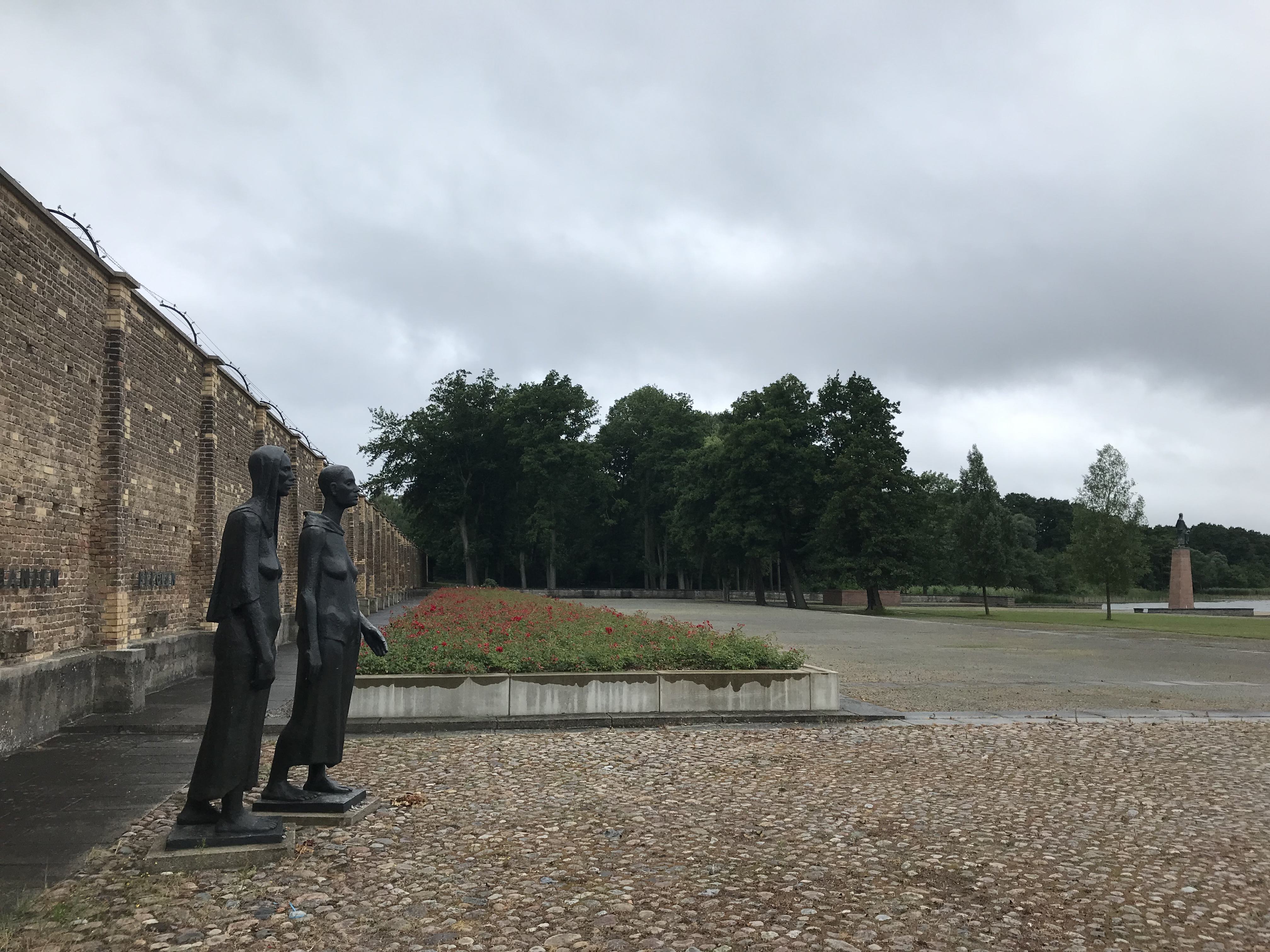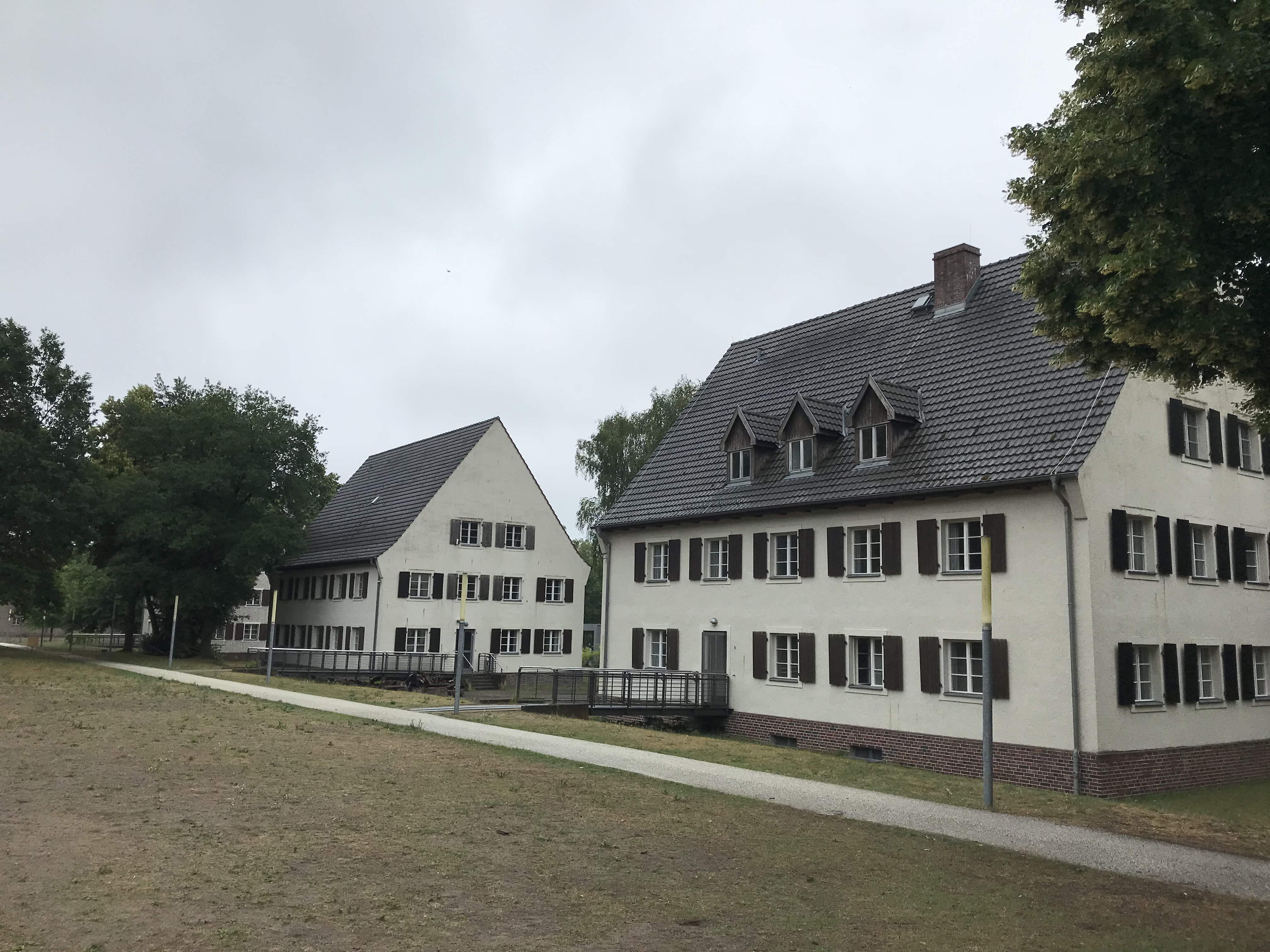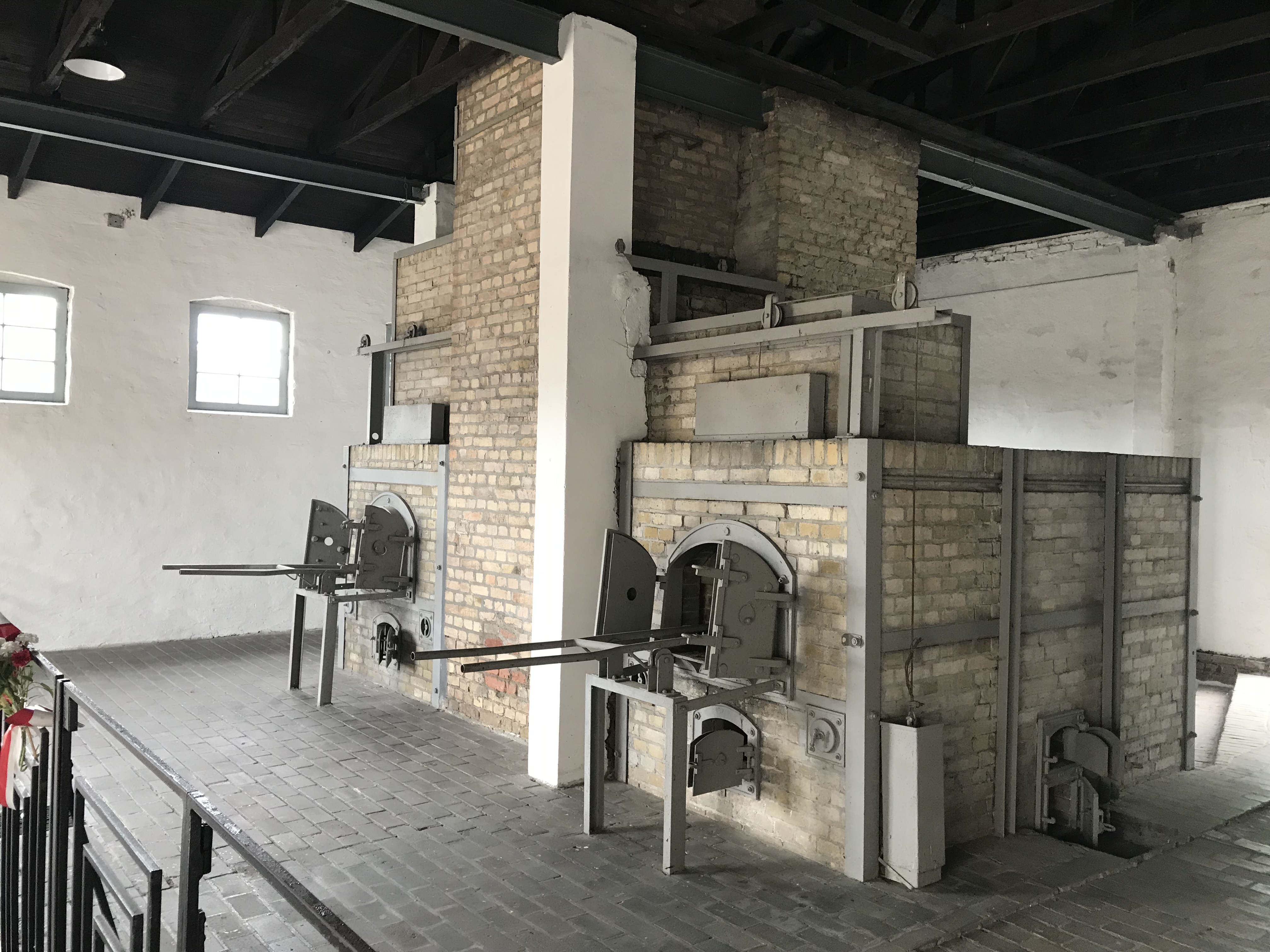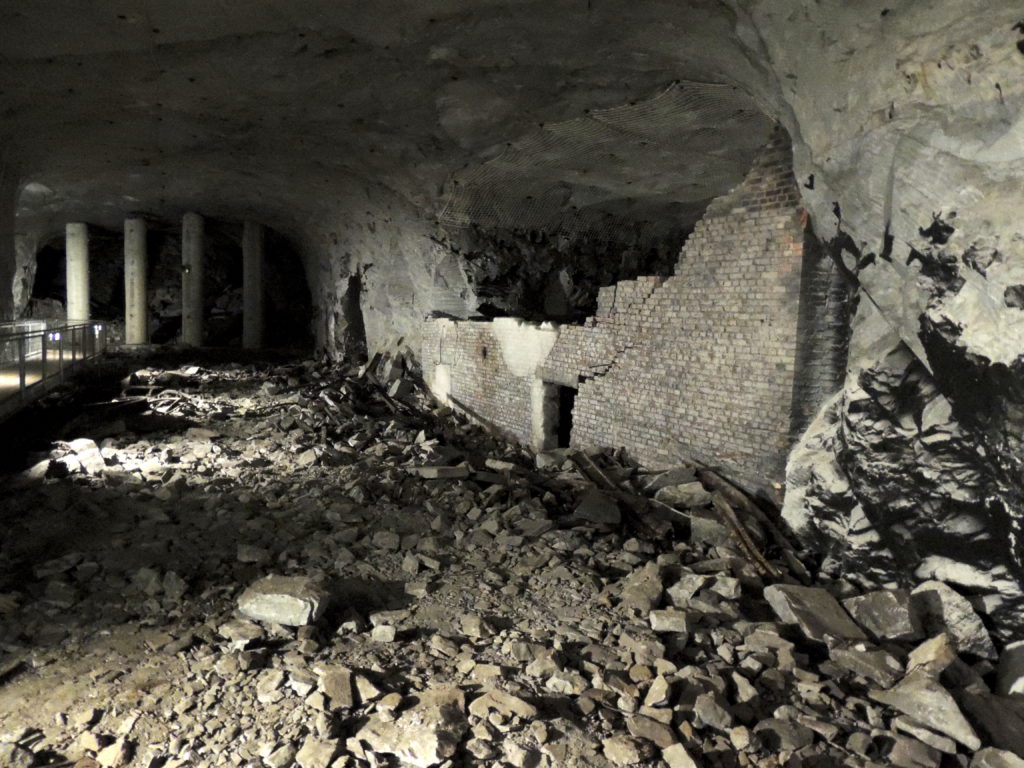Wild Delights: Patrick Hicks Interviews Brian Turner
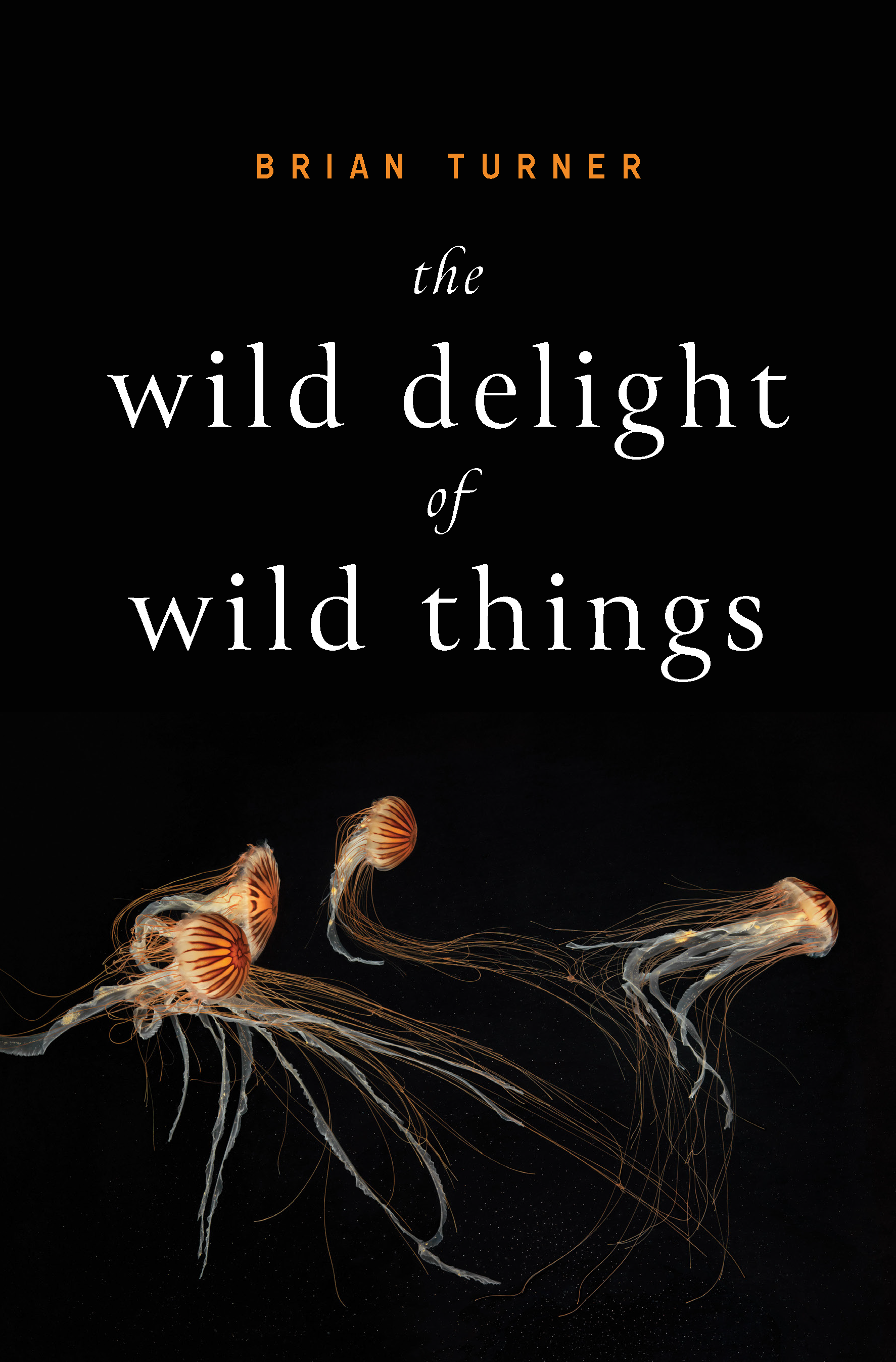
Patrick Hicks: Brian Turner earned an MFA from the University of Oregon and taught English in South Korea for a year before he joined the United States Army. He served in Bosnia-Herzegovina with the 10th Mountain Division and, when he was deployed to Iraq, he became an infantry team leader with the 3rd Stryker Brigade, 2nd Infantry Division. His first collection of poetry, Here, Bullet, won the Beatrice Hawley Award, the Pen Center USA “Best in the West Award”, and it was a New York Times Editor’s Choice Selection. His second collection, Phantom Noise, received equally strong attention and it was shortlisted for the coveted T.S. Eliot Prize in England. His memoir, My Life as a Foreign Country, has been praised for both its clear-eyed perception of what it means to go to war, as well as it’s narrative structure, which is fragmented vignettes that examine the many wars that America has been involved in. Turner nudges us to think about the long after-burn of war and how one generation influences the next.
His work has been published in The New York Times, National Geographic, Poetry Daily, The Georgia Review, Virginia Quarterly Review and many others. He received an NEA Literature Fellowship, the Amy Lowell Traveling Fellowship, a US-Japan Friendship Commission Fellowship, the Poets’ Prize, and a Fellowship from the Lannan Foundation. Turner gives readings all over the world and he has made appearances on NPR, the BBC, the Australian Broadcasting Corporation, PBS, and RTÉ in Ireland. When not writing or touring, he is a faculty member in the MFA Program at the University of Nevada Reno at Lake Tahoe. Although soft spoken and humble, his readings at book festivals and universities are deeply thoughtful and moving explorations about literature, global politics, and our responsibilities to each other.
Turner has three new collections coming out with Alice James Books, and we sat down to talk about the first in the series: The Wild Delight of Wild Things.
Patrick Hicks: Let’s start with the title, which comes from a line of poetry that your wife, Ilyse Kusnetz, wrote. In fact, the very first poem in The Wild Delight of Wild Things isn’t your work, it’s hers. It’s as if we have to read through her work in order to get at your own. And perhaps not surprisingly, she infuses the entire collection. She passed away of cancer in 2016 and, as I read this new collection, it felt like a restoring of her presence or an act of determined memory to be in conversation with her. Could you talk about Ilyse’s place in this collection and how she continues to influence you?
Brian Turner: Our home in Orlando, Florida, has a small entryway that leads to the living room. I’ve never told anyone this, but whenever I’m about to leave the house and whenever I return home, there’s a very brief ritual I do that reminds me of Ilyse. It’s one of the many ways I try to be alive with her in my life. To be present. To be in the presence of. To be in conversation with. And I think this practice mirrors, in some ways, the construction of this book—as her voice both begins and ends the meditation.
It’s also a chance for me to share her voice with others, which is a way of saying it’s a chance for more people to fall in love with her. And on that note—I dare anyone to read that first poem of hers and not fall at least a little bit in love with her.
PH: One of the first poems in The Wild Delight of Wild Things is “The Immortals.” It’s about jellyfish that seem to resurrect themselves from the dead and become young again. It’s a denial of death, and it’s rooted in nature. You write, “They have learned to reinvent themselves in defiance/ of the body’s undoing. They rise from their own deaths./ They rise from the bottom of the sea.” For a poet who has been lauded, rightfully so, for your work about the Iraq War, there are many references about nature woven throughout Wild Delight. Was it liberating to focus on things other than the Iraq War? In many ways, this collection feels like it comes from Brian, and not from Sergeant Turner.
BT: You know, this is something I’ve thought about quite a bit—not only for myself, but it’s a dynamic that I recognize in many writers and artists. When I lead writing workshops for veterans, for example, I often mention that my intention isn’t to simply give them writing tools and meditative approaches that might help them to explore and navigate their experiences while in uniform. I tell them that my larger hope is to offer tools that might help them to write their way into the rest of their lives.
And here I am, doing that very thing. You know? Becoming Brian, more and more with each passing day.
PH: “The Salton Sea” starts off with a rumination of the crew of Enola Gay practicing bombing runs as they drop huge barrels of concrete onto a target that would eventually become Hiroshima. And then the poem switches to the Cold War. You mention how twenty-four million gallons of jet fuel spilled “into the water that Albuquerque rests on.” Ilyse grew up in Albuquerque and died of cancer. It’s entirely possible, as you write, that she is “one of many unrecorded deaths on the home front.” In the poem, you talk about a reluctance for some people to think that she could have been a victim of the Cold War. Could you talk about what prompted this poem?
BT: This poem is watermarked with so many conversations Ilyse and I had after her diagnosis. And the anger welling up near the end—that’s her anger, blended with my own. There’s research involved in this poem, too, sure, but the basic argument and the emotional structure of the poem were drafted by her one conversation at a time with me as its first audience.
If we take a bird’s-eye-view of this… I’ve long been fascinated by the boundaries drawn between what some call the home-front and what we might think of as a conflict zone. There’s a kind of psychic disconnect there, I think. While it’s a very practical and seemingly logical thing to associate conflict zones with places where pain and trauma and death and violence occur, it does a disservice to the complexity of experience when we untether the home-front from the battlefield.
It’s similar to the experience of looking at an oak tree—how easy it is sometimes to forget that the root structure below can grow as much as three times larger than the canopy above.
PH: Maybe we could stay on this line of thinking for a moment. In the poem immediately following “The Salton Sea” you write about Cuvier’s Beaked Whales beaching themselves—and dying—due to the “acoustic blasts of active sonar” in submarines. Just as the military inadvertently poisoned the water of Albuquerque, the Navy is doing collateral damage to whales. In both poems, you question the long-term hidden effects of war. Do you notice such things, perhaps, due to your experiences as a soldier? You have spoken at book festivals about the grave and lasting harm that has been caused to children caught in war.
BT: It’s impossible for me to know whether I might have written this poem if I’d never worn the uniform. But I’m moved and troubled by these losses when I hear of them. Collateral damage. I recently visited the battlefield in Vicksburg, Mississippi, and walked some of the Union lines. As I considered the landscape, I searched for stands of red cedar and live oaks. I was looking for survivors—for ancient trees with stories to tell. Eastern red cedar, for example, can live up to 900 years. And I wondered if some still held minie balls or grapeshot within them, or if trees sometimes weep bullets the way the human body can sometimes weep shards of glass or metal fragments long after an initial injury.
PH: In “The Jurassic Coast” you have a lengthy stanza that lists off the animals that will likely go extinct before the century is out. I have to admit, I hadn’t heard of many of them, which is precisely the point I think you’re trying to make. What are we inadvertently killing? Why don’t we care? You end the poem with a powerful stanza about the last passenger pigeon, named Martha, who died at the Cincinnati Zoo in 1914. Just as you celebrate the wild delight of wild things in this collection, there is also an undercurrent of lament and despair.
BT: I wonder sometimes if the vast scale of it all is simply too overwhelming for the mind to grasp. I know that’s true for me. While this book holds an intimate conversation with Ilyse at its center, that conversation is mirrored, in some ways, with a meditation on climate change and what it means to live in the Anthropocene. Elegy is at the heart of this, I’m sure. A way of praising and lamenting and grieving and offering comfort all at once. My hope is that it’s clear-eyed in its compassion.
PH: Very much so. And even though I just mentioned an undercurrent of despair running through this collection a few seconds ago, it is equally true there is profound awe and fascination for the world around you. Some of these poems span lengths of geological time that our minds simply cannot fathom. It’s clear that a great deal of research went into these poems. Can you talk about your research process and how you threaded that information into these poems?
BT: Long before this book truly discovered its form, I began an earlier version as a kind of challenge: I would write 100 brief lyric essays on nature, and in each piece, I would learn something about the world and I’d also in some way be in conversation with Ilyse and our relationship. It didn’t work as a book, though—and that was a hard thing to accept at first. I had to sit with that fact for some time before rolling up my sleeves and weighing what was necessary and what had not earned its place on the page.
One of the beautiful things I learned in this entire process is that scientists and researchers are incredibly kind and helpful and clear and generous. Only once or twice did I not receive a response to a query. The opposite was true of the vast majority of folks I reached out to for their expertise. I have a standing invitation now, for example, to visit cave sites in India and to see first-hand the cupules I’ve written about in “The Auditorium Cave.” And I can’t wait to go!
PH: One of the most powerful poems in this collection is “Ashes, Ashes.” You start by saying “California is on fire” and then mention how trees and plants have been turned into particulate that rides the air as ash. You also bring our attention to the longest burning fire anywhere on Earth—an underground coal seam in Australia that has been raging for some 6,000 years. The third part of this poem focuses on your father’s body being broken down by the intense flames of a crematoria oven, and you write about it in great detail. Lastly, there is the haunting image of you cradling Ilyse’s ashes the night you brought her urn home. Could you talk about the writing process for this poem? How long did it take to write “Ashes, Ashes”? It’s one of your longest poems in the collection, and I sense that it took a while to piece together.
BT: “Ashes, Ashes” took several years to write, though the bulk of the writing was done in three phases. The first half of the poem was written after my father’s death, in 2015, and Ilyse was still alive. We didn’t talk about Marshall’s death. It was something I pushed down inside of myself emotionally. And yet, I wrote this meditation during the autumn after his death. Ilyse read everything I wrote and this meditation was no exception—as she was its first editor. And so, in a sense, we talked about this grief through the page as she suggested edits and choices in language, but the conversation stayed there and I didn’t talk about his loss outside of that.
What I couldn’t see then—or had blocked from my own imagination—was that this meditation would later include the second half that you mention. A version was published in The Georgia Review (Fall 2017), and that was later scaled down into the much more streamlined version that’s here in the book.
I’m continually reminded that there are things I want to write, and there are things I need to write. It’s a rare thing for a poem to contain both of these things at once.
PH: A difficult question, and I want to ask it delicately. In “The End of the World” you write, “I wanted the ruin. I’d be lying if I said otherwise./ I wanted the hurricane to destroy what was left of my life./ […] if that hurricane simply crushed me to death/ and then splintered the home around me into an unspeakable/ puzzle of what was once our favorite place on Earth—so be it.” Ilyse passed way in 2016 and you have also lost your best friend, Brian Voight, as well as your step-father, Marshall. Grief has been your companion for a long time now. How have music and words sustained you?
BT: Now that some time has passed—it’s been almost seven years—I can see a bit more clearly. I can see that writing helped me to find my way forward. I had a lot of anger for quite some time, and it’s been difficult for the body to metabolize that and then slough it away. Part of what helped was the research I did into the natural world. In some ways that attention to the details of this amazing planet helped me to fall in love with it once more. And yes, I had fallen out of love with it. When I realized that art offered some ways back into memory, and into conversations with the dead I love—that began a series of creative meditations both on the page and with sound that have sustained me to this day. Ilyse and Brian both died far too young. Both were artists that had so much to give to this world, to all of us. Part of my work now, as an artist, and as a human being, is to find ways to collaborate with them so that others might have a chance to meet those I love.
I’ve found that the sorrow that lives within the body remains, at least for now, with a kind of ebb and flow to it. It’s something I’m learning to live with. We each grieve in our own way, and the signature of love and loss is unique to the heart that carries it.
A friend in Colorado has shared with me some of the trees up in the mountains that are a part of his life. Lightning trees, as he calls them. You can trace the smooth skin of the trunk where lighting has discharged through the tree with such intensity that the bark has been blown off. They are mapped with scars from the ground to the sky. They are survivors. They radiate a quiet wisdom. And I can’t explain what it is or how it happens, but when I place my palms on the trunks of those trees, a sense of calm washes through me, something timeless and transcendent, and I open my eyes, and I breathe, and then I walk back into the days of my life.
PH: There is a definite, and yet subtle, soundscape to this collection. Waves appear in many of the poems. So do birds, clouds, fire, and the fall of rain. You’ve done something unique for this collection because you have literally created a soundscape that can be accessed by a QR code. Once a reader finishes The Wild Delight of Wild Things you invite them to listen to a thirty-minute song called “Clouds,” which in many ways is an auditory meditation on the entire collection as a whole. I can hear the sounds that hold these poems together and there is also film of clouds taken at 30,000 feet. I’m not aware of seeing—or hearing—anything quite like this before. Could you talk about how the idea, and the song, came together?
BT: I didn’t realize I was creating this when I began it. In Chennai, I sat under a sacred tree and recorded the birds above. I then had the honor of speaking with over 100 students of traditional dance and song in a nearby classroom—and so I asked if they might follow my lead and sing a wave-like meditative pattern with me, which I recorded on a hand-held recorder that I often carry with me. Likewise, while living in Ireland as the inaugural John Montague International Poetry Fellow for the city of Cork, in 2018, I was lucky enough to have a full choir bussed in from an outlying town to record in a gorgeous chapel. The waves themselves were recorded late one night on Anna Marie Island as Ilyse and I sat on the beach to watch the Perseids rain down.
And so, this meditation in sound arose organically as I began to learn how to live in the word after. Now that it’s done, I hope that “Clouds” might help the reader to process their own thoughts and feelings and experiences once they’re finished with the book. But in a larger sense, I hope this meditation stands on its own—and that it might prove meaningful and helpful for others in ways that I can only imagine.
*
The Wild Delight of Wild Things will be published by Alice James Books in August 2023. To hear a sample from “Clouds,” click here.
